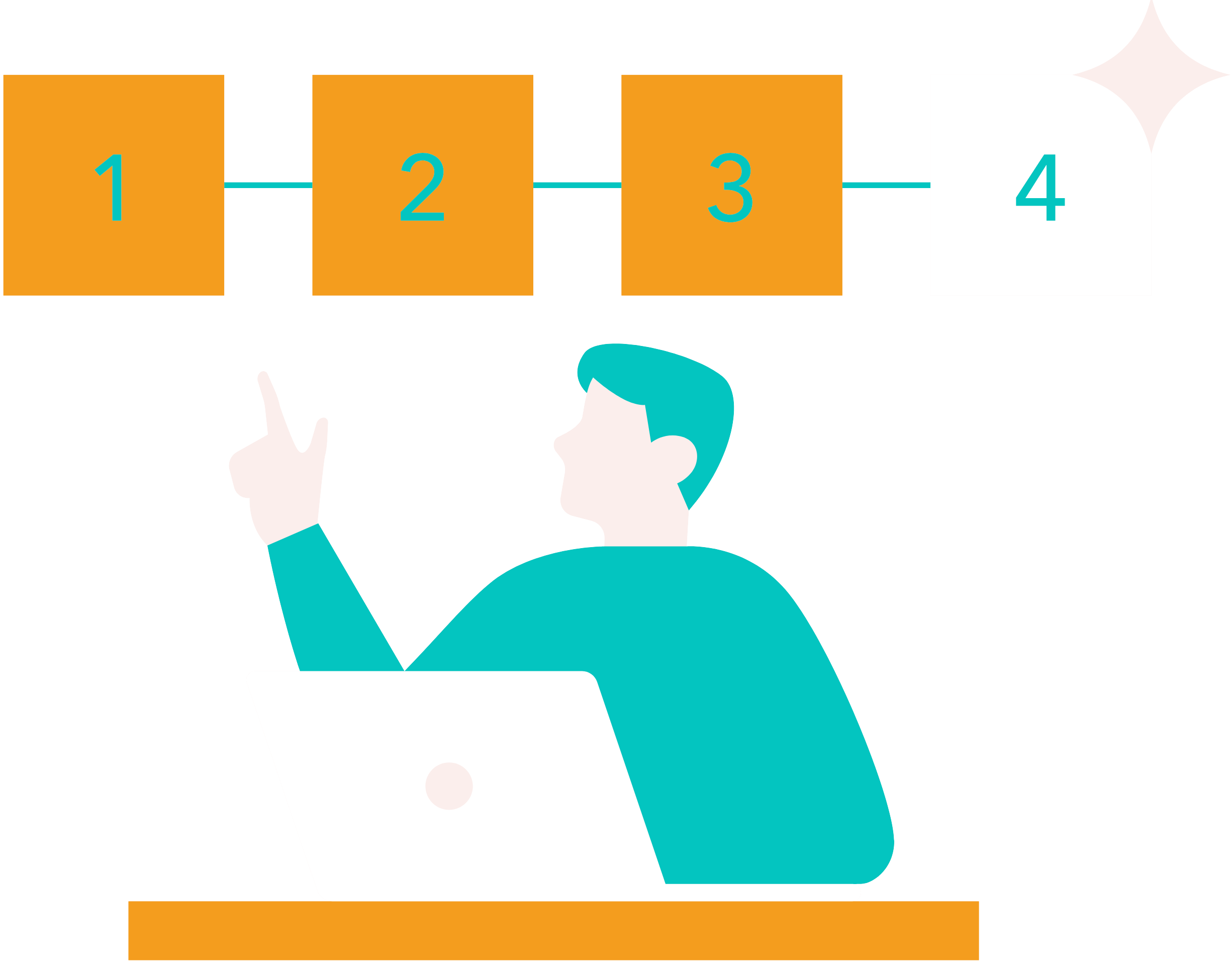How to match different target groups with different communication channels
4. Tailor messages:
- Tone and Style: Adapt the tone and style of your messages to fit the preferences of each group. Research shows that for younger audiences we should use a more casual and visual approach, and a professional tone for professionals (donors, sponsors, local authorities etc)
- Content Type: It’s an absolute must to choose content types that resonate with each group, for example, videos and memes for younger audiences, in-depth articles and white papers for professionals or practical tips for parents, teachers etc.

5. Test and fine-tune:
When we are still not sure which channel to use, the best is to run tests to see how the target audience reacts and what the data is telling us. Engagement metrics exist within each of the channels and they serve to point us in the right direction about what’s working with our target audience and what’s not. A general rule of thumb here is to continuously monitor engagement metrics (likes, shares, comments, open rates) to understand how each group interacts with the content on different channels. This data can be used then to refine and adjust the communication strategies, helping us use the most effective channels for each group.
6. Personalize Communication:
What does it mean to personalize communication?
It means that the messages are matching what the audience is looking for, in the style, type and through the channel they prefer. Personalization means going for an extra mile when it comes to the audience. Here are key two elements to personalize your YO communication:
- Segmentation: Segment your audience within each target group to provide more personalized communication. Subgroups might include for example high school students, university students, youth activists, youth athletes, etc. Use data to tailor messages to specific subgroups.
- Dynamic Content: Dynamic content has seen an increase in appeal among young adults. Research shows that websites and emails as well as social media content that is dynamic reach these audiences faster and longer. If you opt for personalized communication, the basics are to closely follow behavior and preferences.
Let’s take a look at one example of targeting diverse audiences – which channel to use, and how to tailor the message:
|
Target Group |
Channel |
Message |
|
Young Adults (18-25) |
Instagram Stories |
Check |
|
Working Professionals (30-60) |
LinkedIn |
Join our webinar on using AI for |
|
Parents (35-50) |
Facebook |
Top 10 tips for selecting summer youth camps for your teen! Click to read our |
By carefully matching target groups with the appropriate communication channels and content types, you can ensure that your messages are effectively delivered and well-received. This leads to higher chances for engagement and stronger connections with your audience. Different communication channels are more or less effective at transmitting different kinds of information. Some types of communication are information-rich (i.e. email) while others are medium-rich (face-to-face or video conferencing for example). In addition, communications flow in different directions within organizations. Here is an overview of the key social media channels and their characteristics. This helps us choose which ones will be the most suitable for our target audience.
|
|
Social Media Channels |
Characteristics |
|
1 |
Facebook |
Audience: Broad, all age groups. Content Types: Text, images, videos, live streams,
● ● ● ● |
|
2 |
Instagram |
Audience: Predominantly younger demographics (18-34). Content Types: Images, short videos, stories, reels, IGTV.
● ● ● ● |
|
3 |
X |
Audience: Mixed demographics, strong presence of Content Types: Short text posts (tweets), images, videos,
● ● ● ● |
|
4 |
LinkedIn |
Audience: Professionals, B2B sector, job seekers, Advantages: ● ● ● ● |
|
5 |
YouTube |
Audience: Broad, all age groups. Content Types: Long-form videos, shorts, live streams. Advantages: ● ● ● ● |
|
6 |
Tik Tok |
Audience: Predominantly younger demographics (16-24). Content Types: Short-form videos. Advantages: ● ● ● ● |
|
7 |
Pinterest |
Audience: Predominantly female, diverse age range. Content Types: Images, infographics, short videos (idea
● ● ● ● |
|
8 |
Snapchat |
Audience: Predominantly younger demographics (13-24). Advantages: ● ● ● ● |
Each social media platform offers unique advantages, making them suitable for different promotion strategies and audience engagements. Selecting the right platform depends on your YO’s target audiences, content type, and overall promotion goals linked to the mission and vision.
Get further resources from our Do (not) Digitaze Me guideline for external communication, which was created for one of our previous projects. (https://www.connect-international.org/do-not-digitalize-me/)

